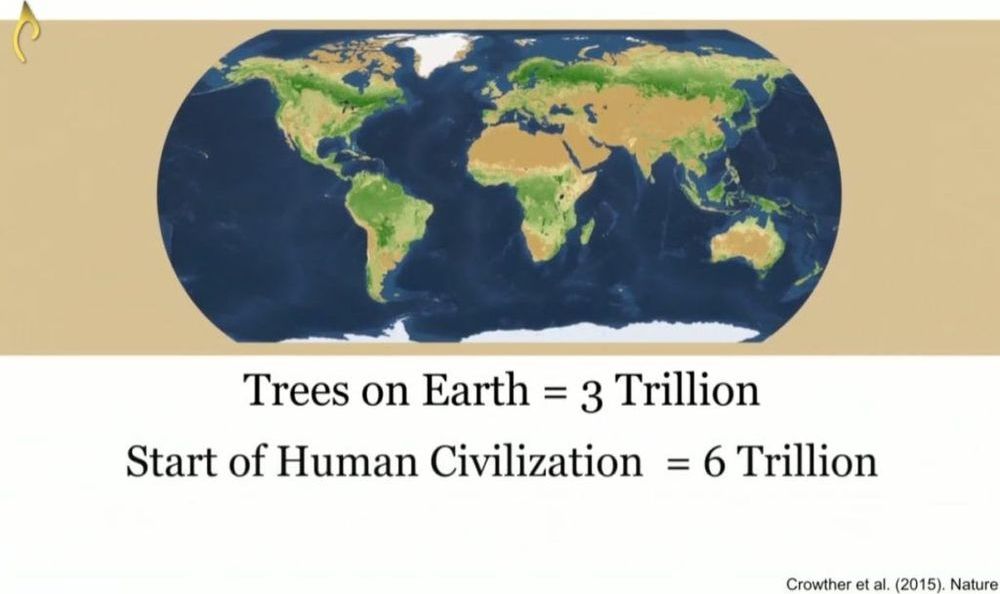The latest case of cyberweapons escaping American control raises questions about the United States’ expensive and dangerous digital arsenal.



“Desperate Housewives” star Marcia Cross said her anal cancer could be linked to her husband’s throat cancer diagnosis in 2009. USA TODAY
Connect tweet linkedin comment email more
Girls, boys, young men and women, parents: the HPV vaccine helps to prevent cervical, anal, penile, vulvar, throat and esophageal cancers.

Jean-Philippe Courtois, EVP and President, Microsoft Global Sales, Marketing & Operations, provided a compelling vision with his opening keynote at the historical UN ITU AI for Good Global Summit (AI4G), hosted May 28–31, 2019 at UN ITU HQ, Geneva.
Key themes in Jean-Philippe’s speech included these areas:

There is enough room to plant another 1.2 trillion trees on Earth. If we plant 1.2 trillion trees this could cancel out the last 10 years of CO2 emissions and sequester 160 billion tons of CO2.
Above – Potentially possible tree density: Additional trees in yellow. (image: Crowther Lab / ETH Zurich)



It’s been nearly two decades since the U.S. officially eliminated measles, but we may lose that status before we hit the 20-year mark.
This week, the Department of Health and Human Services announced that we’ve now topped 1,000 cases in 2019. Elimination isn’t about case numbers, though, it’s about time—and just last week, the Director of the CDC warned that we could be in danger of losing our status as a measles-eliminated country.

A creative company in California called Reduce. Reuse. Grow has designed a coffee cup that is not only biodegradable, but even has seeds in its walls so that it can be planted and grown!
The cups, which are currently part of a Kickstarter campaign, will have seeds embedded in their walls based on their locations. Participating stores will encourage people to plant the cups themselves or to return them to be planted by the company.
Read on for designer Alex Henige’s answers to some of Bored Panda’s questions about his unique cup design!



RSA Encryption is an essential safeguard for our online communications. It was also destined to fail even before the Internet made RSA necessary, thanks the work of Peter Shor, whose algorithm in 1994 proved quantum computers could actually be used to solve problems classical computers could not.